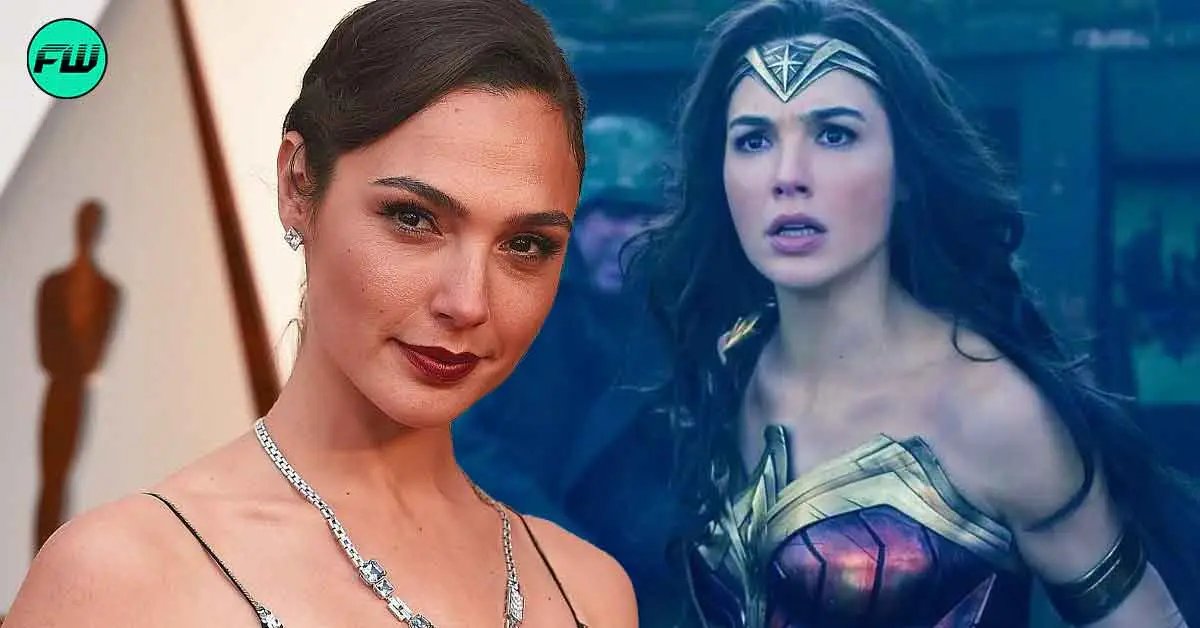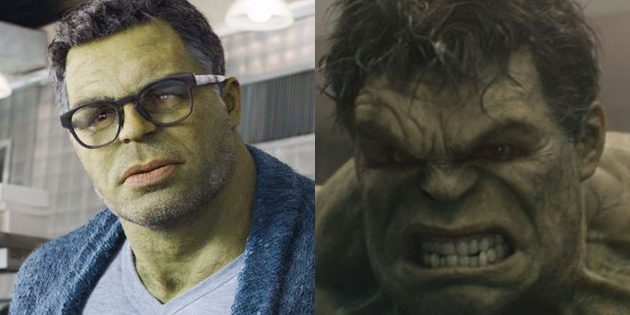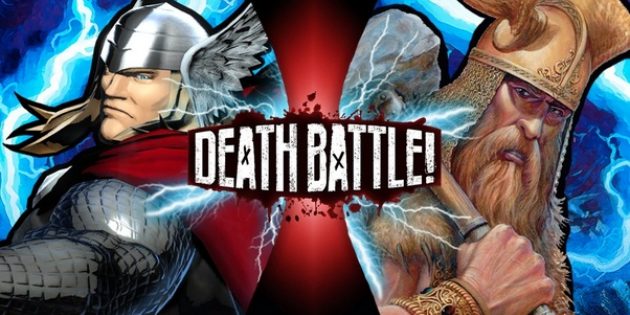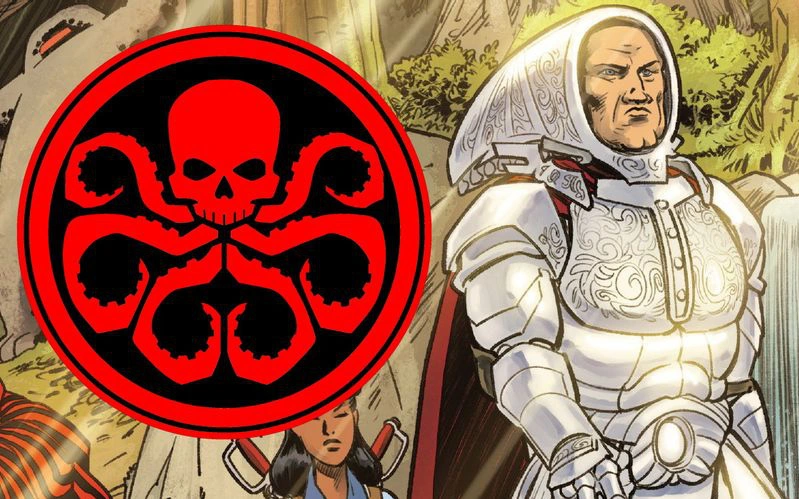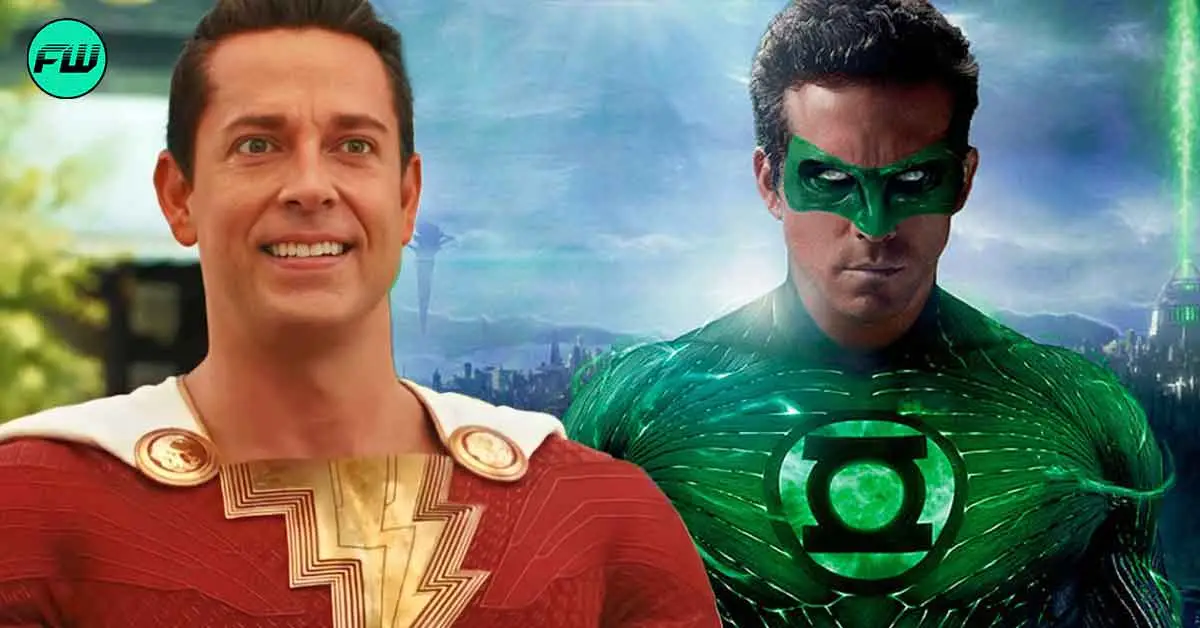With the Punisher properly joining the MCU in Daredevil: Born Again, it’s worth wondering how Marvel will approach his iconic logo. In recent years, the Marvel Comics anti-hero has become a subject of political controversy due to how certain groups have been using the character as a symbol of their views. So far, this issue has been primarily exclusive to the comics, but the timing of his small-screen return could make this concern relevant to the MCU as well.
Several years after playing the character in Netflix’s Daredevil show, Jon Bernthal is set to reprise the role in MCU Phase 5. Alongside Charlie Cox’s Matt Murdock and Vincent D’Onofrio’s Wilson Fisk, Bernthal’s take on Frank Castle will appear in the upcoming Disney+ series, Daredevil: Born Again. Given the Punisher’s popularity, he’s quickly become of one Phase 5’s most anticipated additions to the MCU’s library of characters. As for how he’ll be utilized, the portrayal of the Punisher in the Netflix series creates an obvious blueprint for the Disney+ reboot to follow. However, recent developments have raised questions on whether or not Marvel should change one core element of the character, the skull logo.
The Punisher Isn’t Using His Classic Skull Logo In Marvel Comics
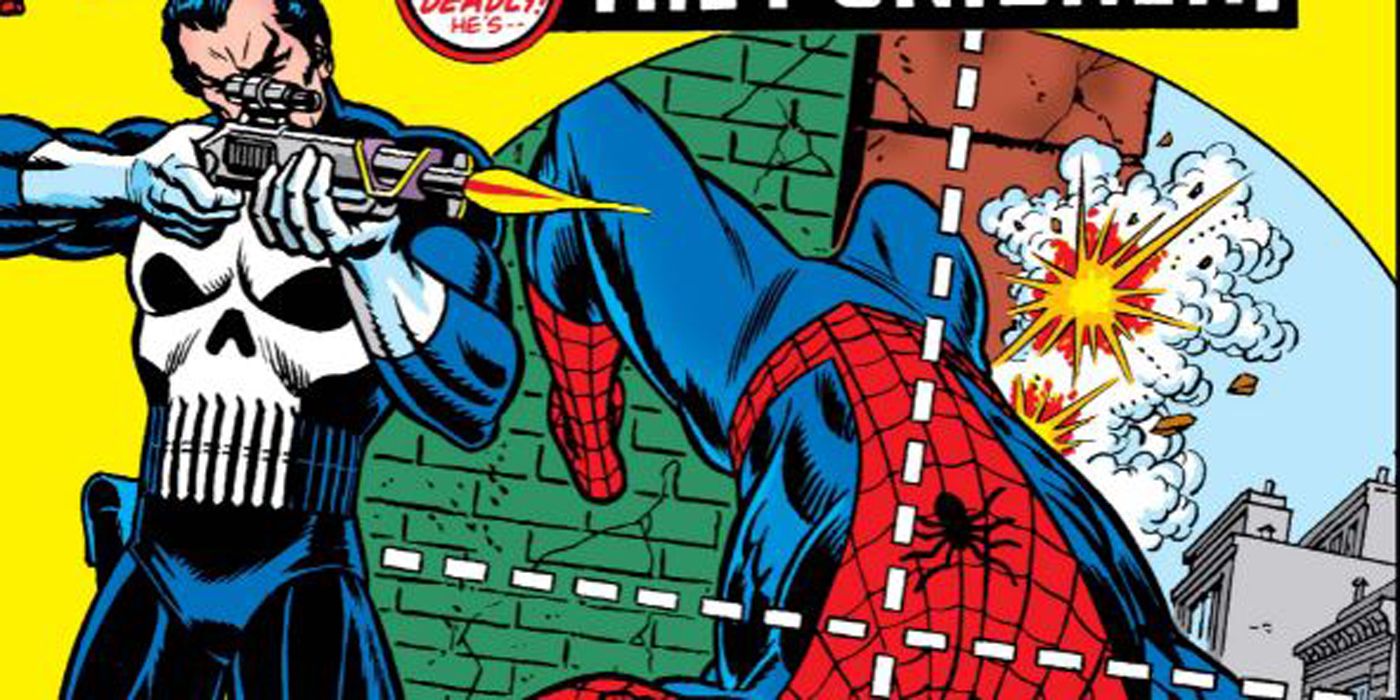
Years ago, Marvel made a decision to abandon the famous skull emblem worn on the Punisher’s chest. Ever since his conception in the 1974 landmark comic, The Amazing Spider-Man #129, the logo has been an iconic part of the character. As time passed and his brand grew, the skull became synonymous with the Punisher. But in spite of that, Marvel no longer uses the original version. Beginning in 2022, Marvel began to employ a new incarnation of the emblem. Getting rid of the human skull, Marvel swapped it for something a bit more demonic in nature. Now, it has horns and tusks. For better or worse, these changes make it look quite distinct from the classic skull.
Why The Punisher Is Using A New Logo
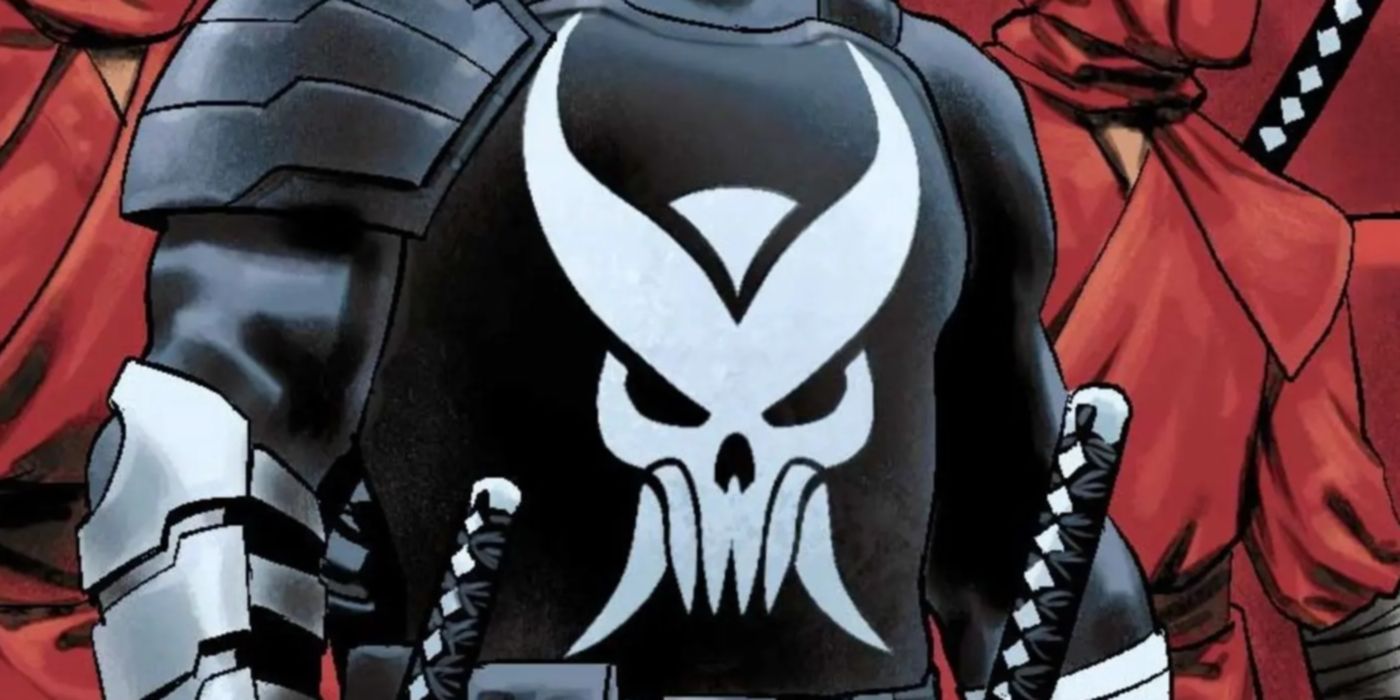
Both in-universe and out, Marvel doesn’t have an official reason for the change, but how its arrival lines up with its current usage in political movements is unlikely to be a coincidence. Over the last few years, it’s been employed by various law enforcement groups, members of the military, and parliamentary organizations. It was also used during the January 6 riots at the U.S. Capitol. People and organizations using the Punisher as a symbol of what they stand for is a decision that was sharply criticized by the media, and even Marvel Comics writers associated with the character.
Gerry Conway, one of the Punisher’s co-creators, was quick to condemn the ways in which the Punisher has been celebrated. Conway said he was disturbed to see law enforcement officers appropriate imagery tied to a character like the Punisher. According to Conway, Frank Castle represents a “failure of the justice system” and “the reality some people can’t depend on institutions like the police or the military to act in a just and capable way.” To Conway, this has a lot to do with why these same institutions embracing the Punisher’s logo is so problematic.
Curiously, this viewpoint is echoed by the Punisher himself. Sometime before the logo was changed in Marvel Comics, Castle clashed with police officers for admiring him. The idea behind his frustration is that he isn’t someone who should be emulated by others, particularly those expected to uphold the law. The Punisher is a cold-blooded killer who murders criminals on a regular basis, but his stories don’t represent a condonation of his actions. This is evidenced by how characters like Daredevil, Spider-Man, and Captain America are often repulsed by the way he operates.
Daredevil: Born Again Is The Character’s Biggest Appearance Since His Logo Change

Unsurprisingly, the controversy garnered some attention to Marvel’s continued use of the logo in the comics, but that situation will hardly compare to MCU Phase 5’s Daredevil: Born Again. With the Disney+ show being a major MCU release, the Punisher will be subjected to even more public discourse when he appears in the series. It’ll also mark his first live-action appearance since Marvel changed the logo. With the Punisher appearing in the MCU at a time when the moral complexities of the character have become a polarizing topic, Marvel’s handling of him will most likely fall under closer scrutiny than usual.
That may be unavoidable, especially given the level of exposure he’s about to receive. As a show that’s finally allowing Charlie Cox’s Daredevil to shine in a series made by Marvel Studios, Daredevil: Born Again is in a good position to be one of Phase 5’s greatest successes, and quite possibly its biggest Disney+ installment. With that in mind, there’s little doubt that the MCU’s Punisher and Marvel’s approach to the character will be well within the public eye in 2024 and beyond, especially if Punisher winds up with additional MCU appearances after Daredevil: Born Again.
Punisher’s Logo Controversy Puts Marvel And Disney In An Awkward Spot
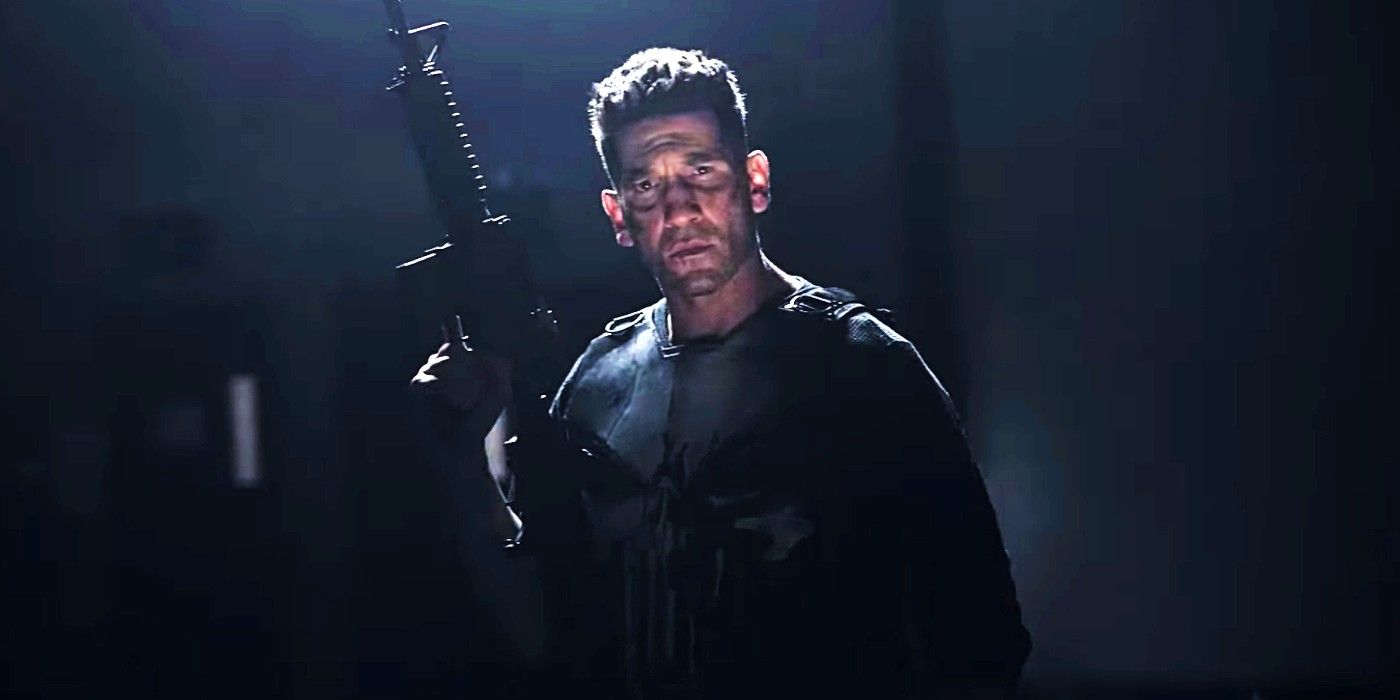
The increase in attention, combined with Marvel’s decision to dispense with his original logo, puts Marvel Studios in an awkward spot ahead of Daredevil: Born Again. In most cases, Marvel has tried to be true to the spirit of its comic characters, so it would only be natural for it to align Daredevil: Born Again’s Punisher with his comic counterpart as much as possible, and that would normally include the skull emblem. Since the comic books have always made it clear that the Punisher isn’t a true hero, Marvel can use him correctly without the risk of glorifying his violent nature. But how law enforcement and military groups are using the logo adds to a new and unwelcome layer of controversy for Marvel to deal with.
In regards to what they should do with the logo, Marvel has two choices in Daredevil: Born Again, neither of which being clear-cut options. One solution would be to keep the iconic symbol and maintain that the Punisher isn’t supposed to be idolized. The problem, though, is that the comic books already set a precedent by moving on from the logo and adopting a new one. In doing so, Marvel Comics made a noticeable effort to distance itself from the symbol that’s become so controversial as of late. The MCU, of course, isn’t beholden to the comics and doesn’t have to copy their creative choices (no matter what the reason), but not following in their footsteps in this specific case could diminish the decision to make the change in print and spark criticism.



